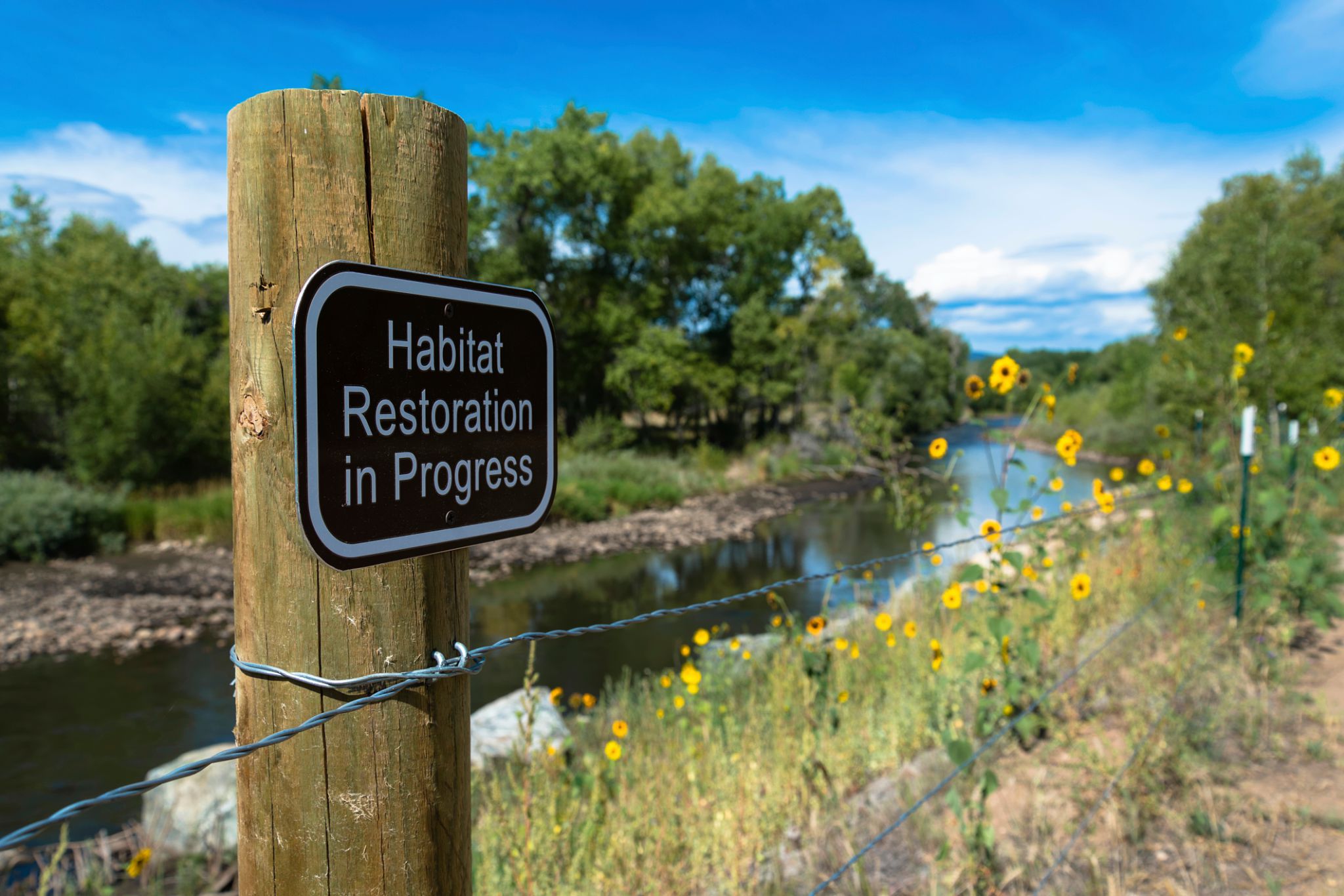Comprehensive Guide to Land Management and Forestry Mulching
Understanding Land Management
Land management is a vital practice that involves the stewardship of land resources to meet human needs while ensuring the health of ecosystems. It encompasses a range of activities from agriculture and forestry to urban planning and conservation. Effective land management balances economic, social, and environmental objectives, promoting sustainable development.
One of the core components of land management is resource optimization. This means using land in a way that maximizes its potential while minimizing waste and environmental impact. Techniques such as crop rotation, soil conservation, and controlled grazing are examples of practices that can enhance productivity and sustainability.

The Role of Forestry Mulching
Forestry mulching is an essential technique in land management that involves using a single machine to cut, grind, and clear vegetation. This process not only helps in creating firebreaks and clearing land for development but also in managing invasive species and enhancing biodiversity. By converting vegetation into mulch, it returns valuable nutrients back to the soil, promoting healthier ecosystems.
The benefits of forestry mulching are numerous. It is a cost-effective method for large-scale land clearing, reducing the need for multiple machines and labor. Additionally, it minimizes soil disturbance compared to traditional land clearing methods, preserving the integrity of the soil and preventing erosion.

Applications of Forestry Mulching
Forestry mulching is used across various applications, including:
- Wildfire Prevention: By creating defensible spaces and firebreaks, forestry mulching reduces the risk of wildfires spreading.
- Land Development: Clearing land for construction or agriculture is made efficient and environmentally friendly with mulching.
- Habitat Restoration: Mulching aids in the removal of invasive species, allowing native plants to thrive.
Best Practices for Land Management and Mulching
Implementing best practices is crucial for effective land management and forestry mulching. Planning and assessment are the first steps, understanding the specific needs of the land and its ecosystem. It’s important to consider seasonal changes and wildlife habitats to minimize impact.

Regular monitoring and maintenance ensure that land management strategies remain effective over time. This includes addressing any new growth or invasive species that may emerge after initial clearing. Using equipment responsibly and adhering to safety guidelines are also key components of successful implementation.
Environmental Benefits
Beyond immediate practical uses, effective land management and forestry mulching contribute significantly to environmental health. By fostering biodiversity and improving soil quality, these practices support resilient ecosystems. They can also play a role in carbon sequestration, helping to mitigate climate change.
In conclusion, comprehensive land management paired with innovative techniques like forestry mulching provides a sustainable approach to utilizing our natural resources. As awareness of environmental issues grows, these practices offer pathways to meet human needs while caring for our planet.
